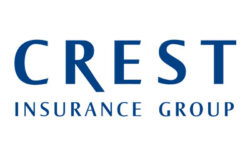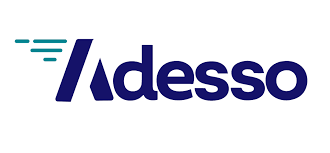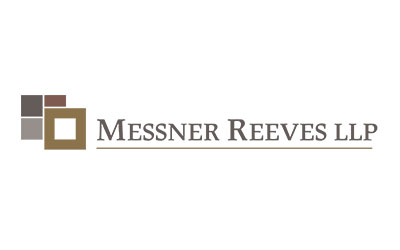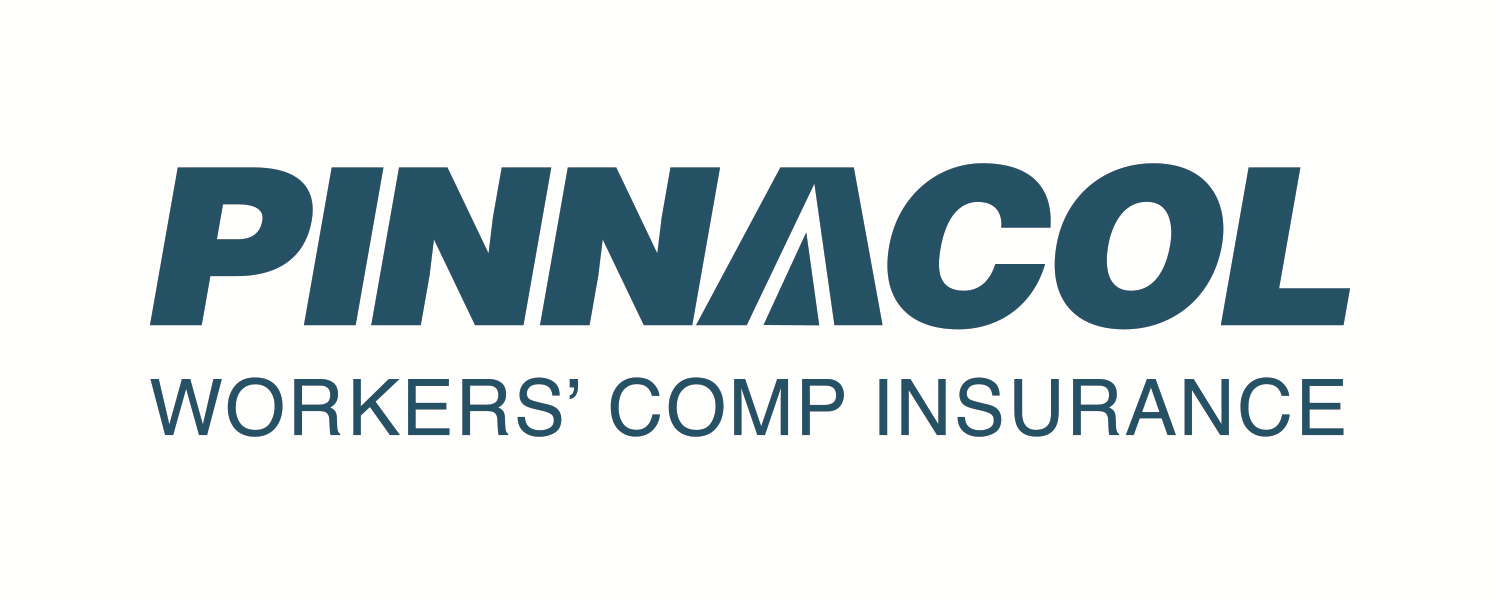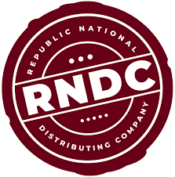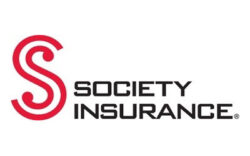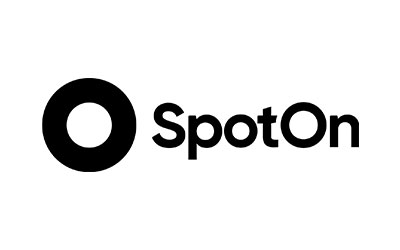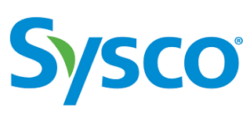Sponsored by our partners at Pinnacol Assurance
You have probably seen the new mask guidance issued last month by the Centers for Disease Control and Prevention (CDC), which says people who have been vaccinated no longer need to wear masks in most situations. A day later, Colorado Gov. Jared Polis issued an executive order echoing the CDC guidance, and many cities and counties in the state have relaxed their mask orders.
What do these changes mean for your business? It’s now largely up to you to determine your approach to face masks.
“It’s a challenge for businesses because there are still a lot of questions and a lot of things that are unresolved,” Jon VonderHaar, a safety services consultant at Pinnacol, says. “And when we talk about masks, there are so many emotions running so deep.”
Masks have been polarizing. One survey taken before the new CDC guidance was released found that a fifth of people still planned to wear masks in public even if officials said it was safe to remove them. A different survey last year found that 9% of Americans think masks are dangerous.
To determine your masking policy, you will have to answer questions such as, should your employees and customers be required to wear masks? And will you ask customers for proof of vaccination? Our information can help with your decision-making.
What does the Colorado mask guideline update mean?
The Colorado guidelines mirror the CDC’s suggestion that fully vaccinated people can remove masks anywhere except when required by a law, or by a workplace or healthcare facility. Full vaccination occurs two weeks after the second dose of the Moderna or Pfizer vaccines or two weeks after the single-dose Johnson & Johnson vaccine.
People age 11 and older who have not been fully vaccinated are encouraged but not required to wear masks indoors with members of another household.
Denver as well as many other municipalities have lifted distancing requirements and relaxed mask restrictions, but restrictions remain in some counties, such as Manitou Springs, where tourism is high.
Can you still require masks?
Yes. Gov. Polis said businesses could choose their policy, from not requiring masks at all to requiring customers and employees to wear masks to asking people to show proof of vaccination in order to skip the mask.
If a customer can’t show proof of vaccination, you can ask them to cover up. But be prepared to deal with pushback, as this approach may irritate some customers and employees. Surveys show a majority of Americans oppose businesses requiring proof of vaccination for everyday activities such as dining out or staying in a hotel.
Consider including employees in discussions about masking policies. “If your employees have input in shaping a decision, they’re going to be more on board with it, and you’re not trying to sell them on the idea,” VonderHaar says.
Often, it’s up to employees to police masking, which has led to confrontations in Colorado. Your workers may want to avoid the potential conflict that could arise when checking people’s vaccination status.
“Asking about a vaccine is a personal question, and with some people, it will become a more confrontational thing,” VonderHaar says. Predicting customer reactions allows you to protect your workers and your business.
Changing your messaging
Whatever your decision, you should adapt your messaging to fit the changing stage of the pandemic. Asking versus telling people can draw a more favorable reaction.
Remove signs that read “Stop! Mask required!” and replace them with messaging that conveys your point more gently, such as “For the protection of our employees, please wear a mask inside our store.”
You may also get a better response if you explain the reasoning behind your decision-making. For instance, you may have customers or workers who remain at risk of contracting the virus.
Uphold other safety measures
If you decide not to ask for proof of vaccination or require masks, maintain other ways to reduce the spread of infection that you may have been using since the pandemic began, such as:
- Implementing physical barriers, such as plastic shields hanging over counters.
- Continuing messaging about proper hand hygiene.
- Maintaining good ventilation.
- Using high-efficiency particulate air filters.
You can also assist employees with getting vaccinations:
- Remind them they can use four hours of paid time off to get their vaccination and for vaccination recovery.
- Hold a vaccination event at your workplace.
What about OSHA?
The Occupational Safety and Health Administration (OSHA) has promised to update its guidance over time “to reflect developments in science, best practices, and standards.” OSHA’s Emergency Temporary Standard for COVID-19 was already under review when the CDC guidance changed.
An update appears to be coming, though the timing is uncertain. The OSHA website notes, “OSHA is reviewing the recent CDC guidance and will update our materials on this website accordingly. Until those updates are complete, please refer to the CDC guidance for information on measures appropriate to protect fully vaccinated workers.”
The new mask mandates show we are moving in the right direction, but the pandemic isn’t over yet. This has been a long road for everyone, so never underestimate the value of being gracious, kind and considerate of your employees and customers, VonderHaar says.
If you have any questions about implementing or devising new mask guidance, we’re here for you. Contact a Pinnacol safety consultant to discuss your questions.

